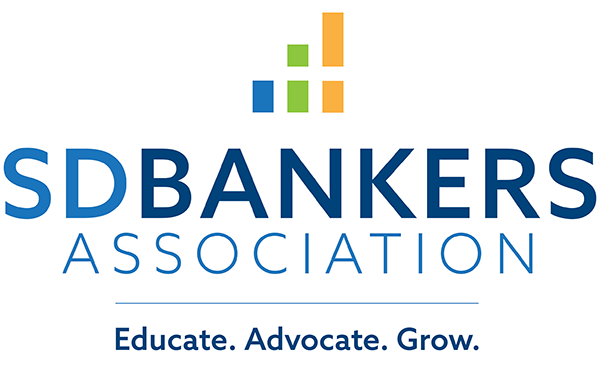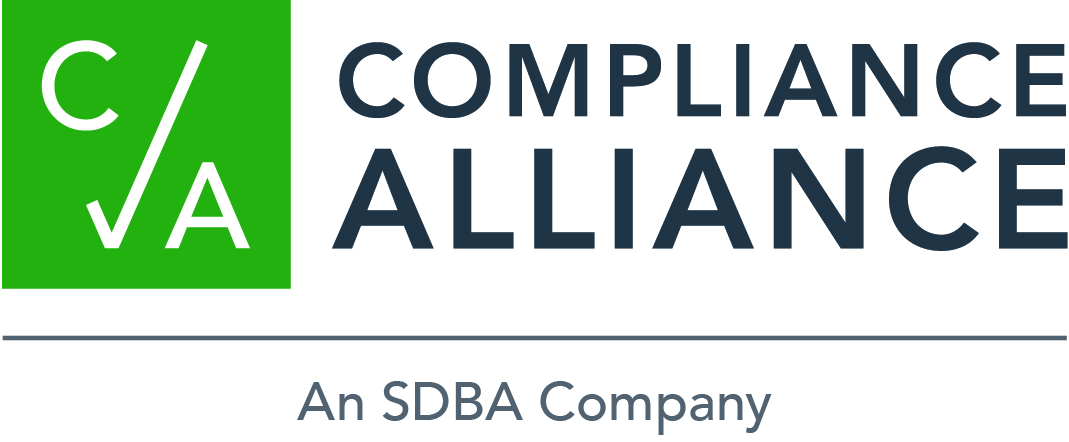OCC Publishes Framework for Responsible Innovation
The OCC will create an office dedicated to "responsible innovation" and take steps to provide technical assistance to banks as part of its ongoing effort to support the safe exploration of new technologies and practices in financial services, the agency announced yesterday.
“The OCC supports responsible innovation that enhances the safety and soundness of the federal banking system, treats customers fairly and promotes financial inclusion,” said Comptroller of the Currency Thomas Curry. “By establishing an Office of Innovation, we are ensuring that institutions with federal charters have a regulatory framework that is receptive to responsible innovation and the supervision that supports it.”
ABA had previously encouraged the OCC to leverage its knowledge of the banking system to create a central resource to facilitate innovation, particularly for community banks that may not have the resources to hire their own internal expertise. Through this new office of innovation, the agency will facilitate requests and inquiries from banks and other industry stakeholders, direct research and outreach efforts, monitor trends and developments in financial services and collaborate with other agency partners.
The OCC said it will place “innovation officers” in New York and San Francisco, as well as in the OCC’s headquarters in Washington, D.C. In addition, the agency said it would work to improve staff awareness and expertise about innovation across the organization.
Also in response to ABA’s recommendations, the OCC made a commitment to providing technical assistance to banks in the form of resource materials on regulatory principles, process and expectations, as well as success stories and lessons learned. This assistance would include help for community banks in developing innovation strategies and better managing relationships with third-party vendors.
While the framework stopped short of establishing a regulatory “sandbox,” it acknowledged widespread industry support for a process that would provide banks and fintech companies a way to test innovative products, services and processes. The OCC said that it would develop an optional program that would allow the agency to participate in bank-run pilot programs.
ABA President/CEO Rob Nichols welcomed the OCC’s commitment to helping banks innovate safely and successfully. “The OCC’s efforts to test innovative financial products in a controlled environment are a step in the right direction,” Nichols said. “Ultimately, banks should be able to pursue innovative initiatives to serve their customers in an environment that provides regulatory flexibility and clarity. We look forward to continuing our collaboration with OCC to ensure banks remain leaders of financial innovation.” Read the OCC's framework. For more information, contact ABA's Rob Morgan or Cecelia Calaby.
ABA Urges FDIC to Take Tailored Approach to Third-Party Lending
ABA yesterday responded to proposed guidance by the FDIC addressing safety and soundness and consumer compliance measures institutions should follow when engaging in third-party lending. ABA asked the agency to clarify the types of third-party relationships the guidance applies to, provide greater specificity regarding the risks that are unique to third-party lending relationships and be vigorous about ensuring that examiners treat any third-party lending guidance as such guidance.
As proposed, the guidance encompasses any involvement of a third party in any part of the lending process, including marketing, underwriting, pricing, servicing, disclosures, compliance collection and other areas--whether the FDIC-insured institution originates a loan on behalf of a third party, uses a third party’s platform or originates a loan through or jointly with a third party. ABA pointed out that the broad scope of covered lending activities could encompass all forms of lending involving a third party, potentially including participations, correspondent lending, indirect lending, mortgage brokers, white label credit card services, marketplace lending and small dollar loans.
The proposed guidance is intended to supplement and expand upon existing guidance regarding third-party risk. However, ABA noted that the proposal could have a “tempering” effect on institutions’ ability to innovate and compete in an evolving marketplace and encouraged the FDIC to permit tailored application of the guidance to more accurately reflect the risk profile of each institution and its third parties. Read ABA's comment letter. Read the proposed guidance. For more information, contact ABA's Barry Mills.
FCS Institutions Dominate Ag Lending Rankings
Sixteen of the top 20 largest commercial agricultural lenders are Farm Credit System institutions, Bert Ely reported in yesterday’s edition of ABA’s Farm Credit Watch. Wells Fargo, Rabobank, Bank of the West and Bank of America were the top four ag lending banks. Of the top 100 ag lenders, 58 were FCS institutions.
As the FCS continues to grow its share of total farm debt, Ely noted that FCS institutions are seeing their loan concentrations increasing, particularly in farm real estate lending. FCS institutions hold more than three times as many farm real estate loans than their bank competitors, largely due to the tax exemption these loans enjoy, and the fact that they are “able to fund long-term, fixed-rate loans with long-term, fixed rate debt.” FCS institutions are making fewer loans in production and mid-term lending, Ely added, which are not secured by real estate and are exempt from only state income taxes.
Given these concentrations within the FCS, Ely warned of the dangers that could arise should the ag industry experience another financial shock, as it did in the 1980s. “The preventative for avoiding a repeat of the 1980s is not to broaden the lending powers of FCS institutions but instead to level the competitive playing field between commercial banks and the FCS, which will not only lead to a shift of ag lending commercial banks, but it will give rural banks an opportunity to grow their loan portfolios,” he wrote. Read Farm Credit Watch.
Cordray Urges Banks to Review Complaints in CFPB Database
Consumer Financial Protection Bureau Director Richard Cordray on Tuesday said he “urged” all bankers to review and analyze complaints in the CFPB’s public database--not only “the feedback you receive directly from your own customers, but also…complaints made about others in the same markets.” He said that he considered these reviews “an important part of sound compliance management.”
In his remarks to an industry conference in Boston, Cordray acknowledged that banks have their own mechanisms to address complaints from customers, but added that “there is much to be learned from the complaints consumers raise about your industry, even if the complaints are not directed to you specifically.”
A periodic summary of complaints also released on Tuesday by the bureau showed that debt collection, credit reporting and mortgages continued to dominate the complaints, together accounting for 63 percent of complaints received in October and 68 percent of the 1 million complaints received to date. Read the speech. Read the report.
FinCEN Issues Guidance on BSA Reporting of Cyber Threats
Bank Secrecy Act-mandated reports play a critical role in helping stop cyber threats, the Financial Crimes Enforcement Network said in an advisory on Tuesday that included a restatement of regulatory expectations for BSA reporting of cyber events. Banks must file suspicious activity reports about “cyber events” affecting transactions or series of transactions because they are unauthorized, relevant to a possible legal violation or involve efforts to acquire funds illegally, FinCEN said.
Examples of SAR-required reportable cyber events include malware intrusions that put customer funds at risk, intrusions into a bank’s systems or network, and distributed denial of service attacks that prevent financial institution personnel from stopping an unauthorized money transfer. The guidance includes the kinds of information that must be reported in a cyber-related SAR.
The guidance added that banks may voluntarily report cyber events even when a SAR is not required, such as a DDoS attack that could not have affected any transactions. “SAR reporting of cyber events, even those that may not meet mandatory SAR-filing requirements, is highly valuable in law enforcement investigations,” FinCEN said. “For example, BSA reporting by more than 20 financial institutions--on transactions related to cyber-enabled crimes--played an important role in the investigation of an Internet-based company, its co-founders and other collaborators.”
FinCEN noted that the advisory does not change existing BSA or other regulatory requirements. It also issued a set of nine frequently asked questions to help BSA officers file reports on cyber events and cyber-enabled crimes. Read the advisory. Read the FAQs. For more information, contact ABA's Rob Rowe or Heather Wyson-Constantine.
FDIC Sees Strong Results from Youth Savings Program
Banks participating in the FDIC’s youth savings pilot program are seeing strong results, agency chairman Martin Gruenberg said last Friday, adding that the FDIC will by year’s end provide a “roadmap” for other banks wishing to offer similar programs in schools.
Twenty-one banks participated in the pilot over the past two years, offering savings accounts to in most cases low- and moderate-income youth through schools or nonprofit partners. In the 2015-2016 school year, nearly 4,700 accounts were opened. Bank approaches varied, with some opening in-school branches, some offering visits to nearby branches and others experimenting with mobile banking for youth.
“Throughout the pilot, we heard a number of stories that demonstrate the significant role that bank programs can play in the lives of the largely low- and moderate-income youth participating in their programs,” said Gruenberg, citing a case where a bank provided a non-custodial youth account for a teen father whose relatives were draining savings meant for child support, and another case where students hired as branch staff at their school became peer financial counselors. “Offering financial education to school-age children opens the door to many opportunities and establishes the groundwork for a lifelong banking relationship,” he added. Read the speech.
|


